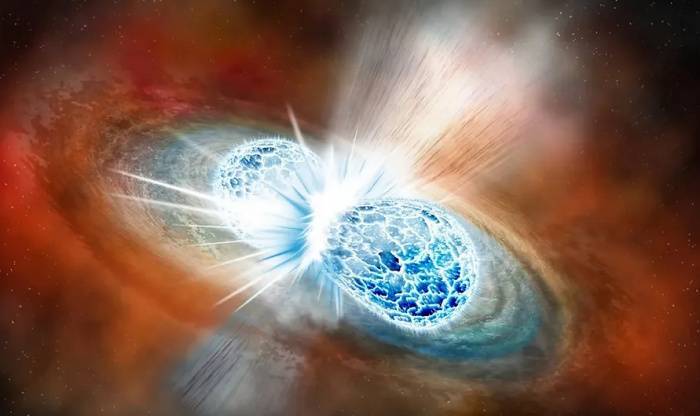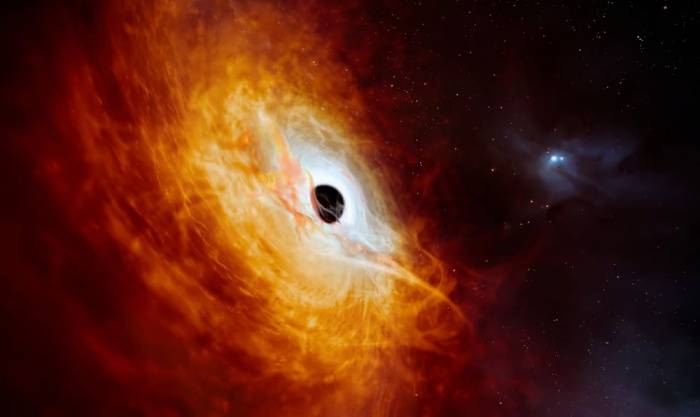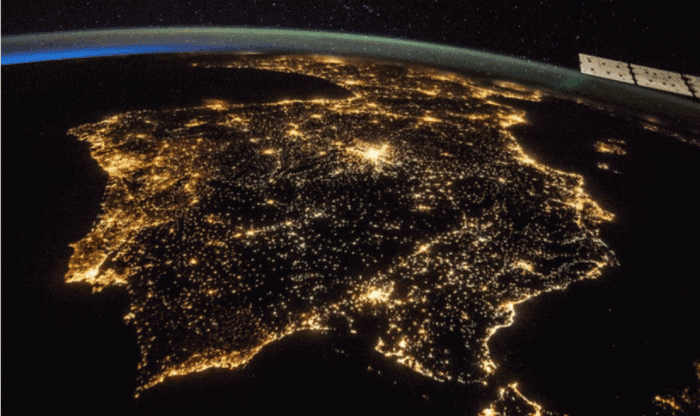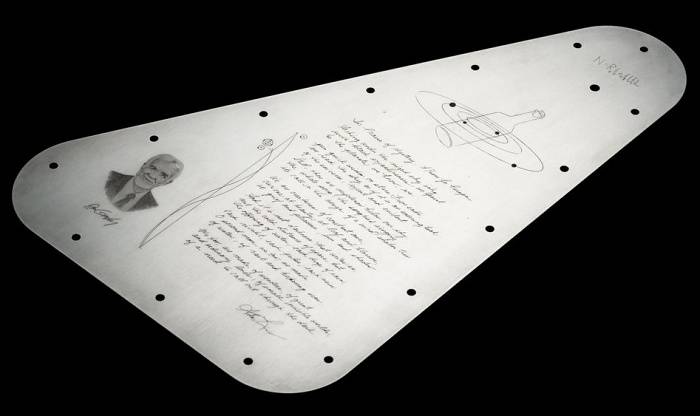What is actually this object, tried to describe Associate Professor Christian Wolf. According to him, it’s something seven light years in diameter. A tiny, if you can say so, point in the middle of a mass of about 17 billion suns, surrounded by an incredible cloud of gas and matter decaying under monstrous pressure. The average temperature there is 10,000 °C, and the speed of the “winds” – vortices of rotating matter – is such that a speck of dust in such a flow can circle the Earth in a fraction of a second.
Selina Lloyd
Adverts
Adverts
The merger of neutron stars is often called “kilonova”, by analogy with supernova. It is distinguished by the prohibitive energy of the process, as neutron stars possess monstrous gravity. When they merge, processes are triggered that allow long and complex pathways of formation of heavy chemical elements in a fraction of a second.
For example, data from the James Webb telescope allow us to speak with high confidence about the presence of the largest source of gold in the Universe at the site of neutron star mergers.
Adverts
The telescope, which consists of five synchronously operating satellites, will scan the infrared radiation of exoplanets in order to analyse their atmospheres. The main task is to search for “biosignatures”, certain gases that are formed during the life activities of different creatures. For example, nitrous oxide and methylated halogens can be called signs of the presence of an extensive biosphere in which the processes of photosynthesis.
Adverts
Amazingly, the bag weighs only 31 grams. It is made of silica aerogel, the structure of which is riddled with trillions of air-filled channels. This aerogel was dubbed “the lightest substance in the world” in the ’90s. NASA called this substance “smoke”, and the developers of the bag and ordinary users in social networks stated their rightness.
Despite its extremely light weight and “airiness”, the bag turned out to be very strong. It is able to withstand a weight exceeding its own in 4000 times. In addition, it is not afraid of temperatures up to 1204 degrees Celsius. The same material is used to insulate the components of modern Mars rovers.
Adverts
NASA has sent another time capsule into space. This time the probe, containing a message to extraterrestrial intelligence, will head towards Jupiter to assess the suitability of conditions for the emergence of life on its satellite Europa. The Europa Clipper mission is being carried out by NASA in partnership with the non-profit organisation METI International. Its main objective is to make potential contact with someone in this region of space.
The probe contains an important message in several Earth languages. First of all, a triangular plaque with a poem is placed on the body of the spacecraft. The poem was written especially for the mission by American poet Ada Limon. Inside the probe there is a container with a microchip, where about 2.6 million names of the planet’s inhabitants are recorded. In addition, on the other side of the probe body is the word “Water” in 103 languages of the world, converted into visual symbols.
Adverts





